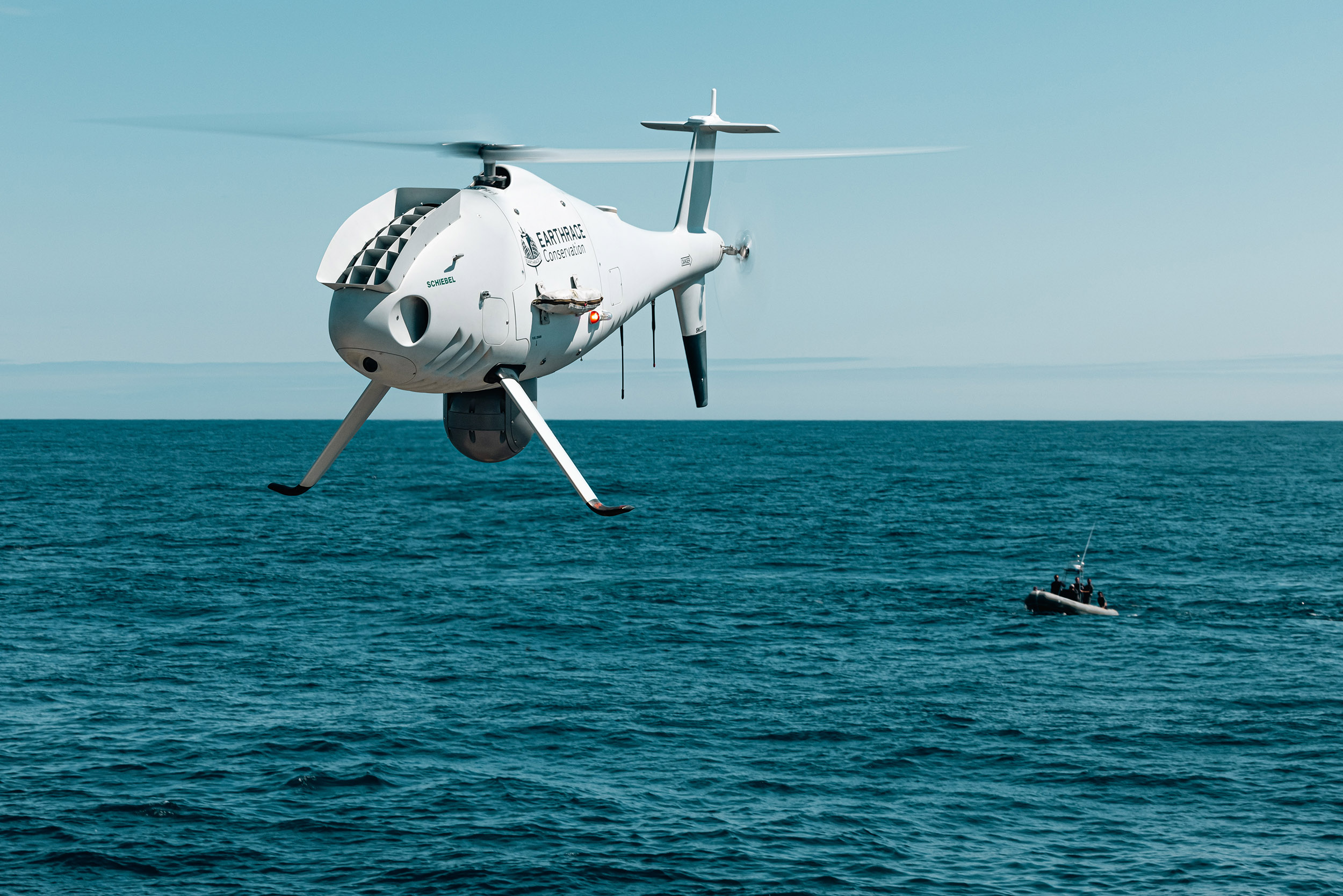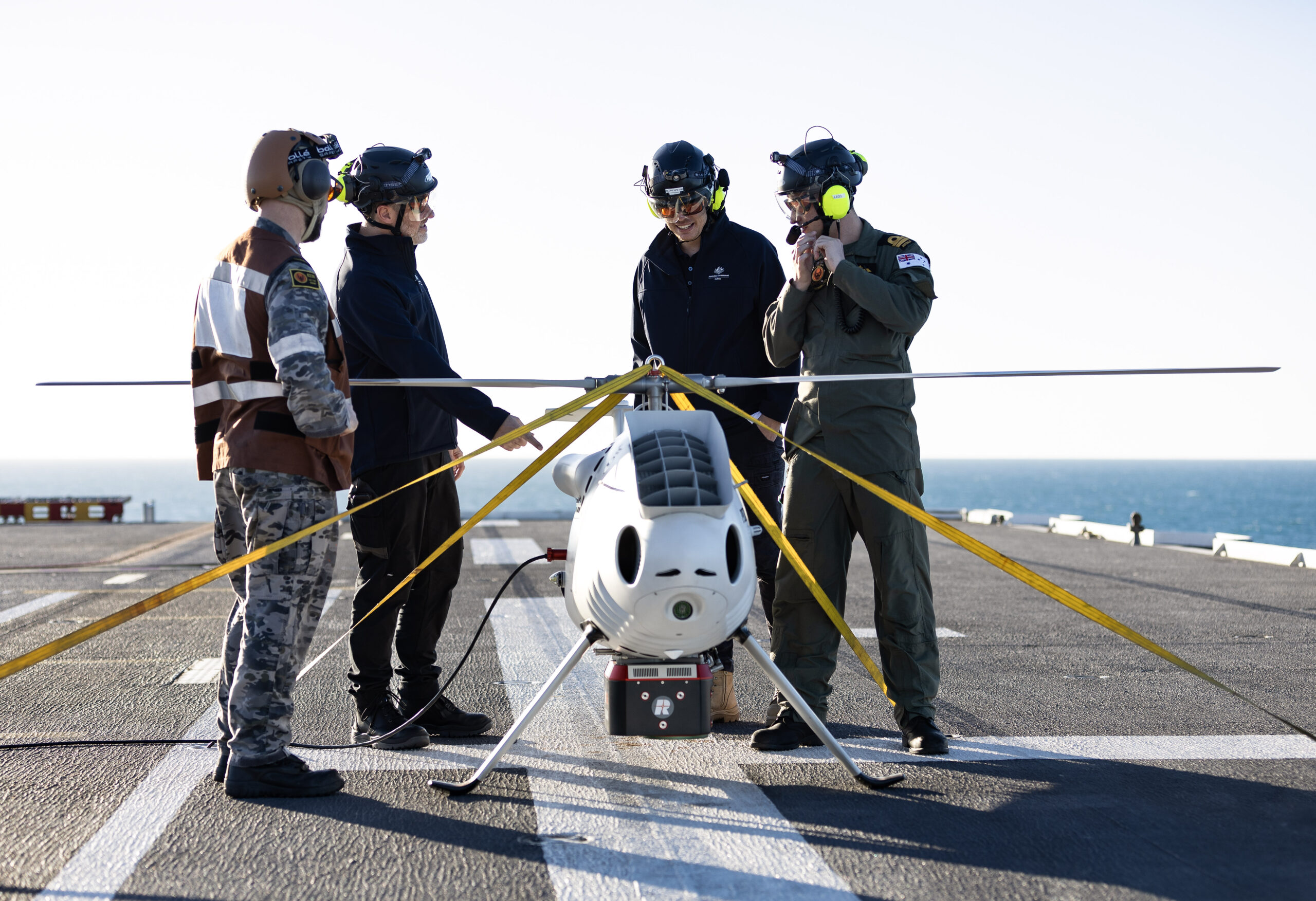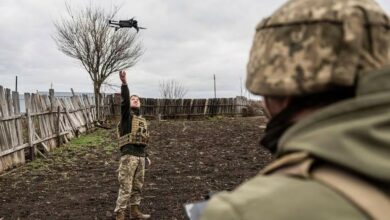The Australian Defence Force (ADF) has trialed a drone-based laser-firing sensor to map beaches and the seabed for amphibious landings.
Conducted during Exercise Sea Raider 2023, the Australian Amphibious Force deployed an S-100 unmanned aerial system equipped with bathymetric light detection and ranging or a LiDAR sensor.
Deployed from the HMAS Adelaide landing helicopter dock ship, the LiDAR projected green wavelength laser beams through the sea surface to collect littoral and terrain geospatial data.
The test also evaluated the technique’s effectiveness when flying the drone at different altitudes.
The S-100 can fly up to 200 kilometers (124 miles) on day or night missions in most weather conditions. It can be integrated with a ship’s system to assist with intelligence and air traffic control missions.

“We generate survey plans for landing areas, then create 3D flight profiles and gradients, either electronically or paper, which are used as a briefing tool of shallow water bathymetry, beach, back of beach topography,” Australian Amphibious Force Lt. Cmdr. Thomas Lennards explained.
“The surveys are used to navigate hazards, beach entry and exit points, helicopter landing zones, bridges, hinterland and terrain.”
“We have overlays of nautical charts and satellite imagery used to make sure the information is current with our collection and compare anomalies with what’s scanned compared to what is charted.”
Science on the Battlefield
On the HMAS Adelaide, experts from the Australian Defence Science and Technology Group (DST) also tested hand-held 3D laser scanners for other tactical applications, such as battlefield damage assessment.
DST Geography Scientist Dr. Alexander Lee highlighted the importance of scientific service trials similar to the sensor demonstrations.
“We participate in major exercises to understand how the outputs of scientific research can be accelerated through the transition into operational use. This seeks to make the war fighter more effective for their missions,” he said.
“It’s about talking to people, either day or night, to better understand how science can be used to resolve issues or identify new opportunities to enhance the effectiveness of the ADF.”












